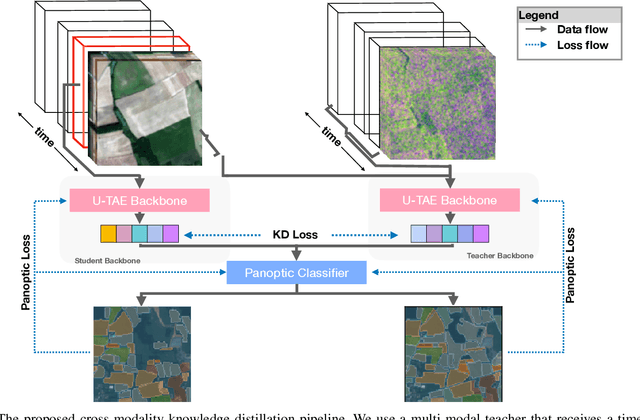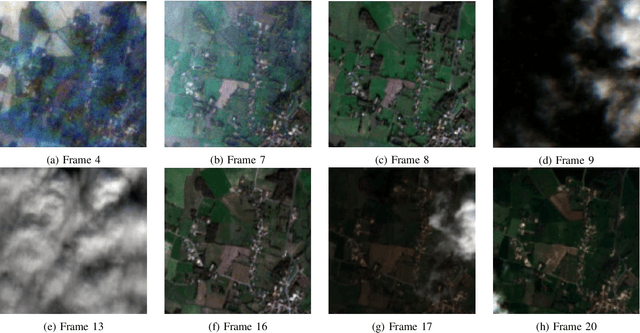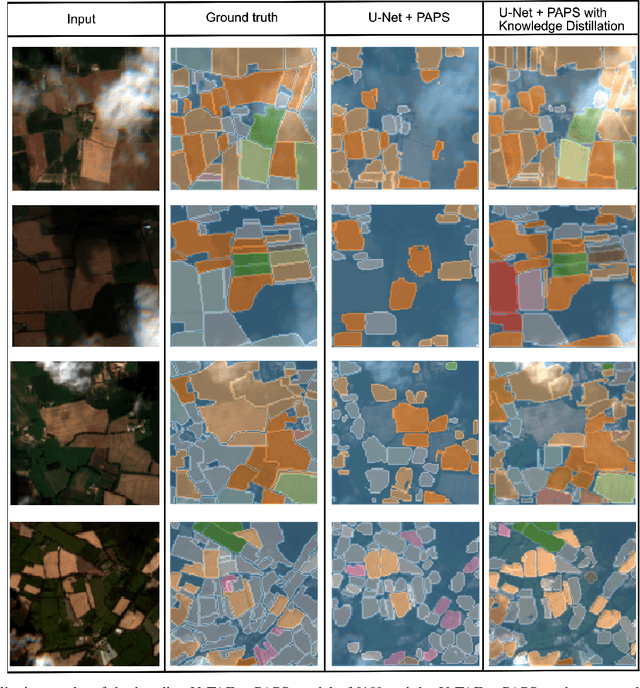Towards On-Board Panoptic Segmentation of Multispectral Satellite Images
Paper and Code
Apr 05, 2022



With tremendous advancements in low-power embedded computing devices and remote sensing instruments, the traditional satellite image processing pipeline which includes an expensive data transfer step prior to processing data on the ground is being replaced by on-board processing of captured data. This paradigm shift enables critical and time-sensitive analytic intelligence to be acquired in a timely manner on-board the satellite itself. However, at present, the on-board processing of multi-spectral satellite images is limited to classification and segmentation tasks. Extending this processing to its next logical level, in this paper we propose a lightweight pipeline for on-board panoptic segmentation of multi-spectral satellite images. Panoptic segmentation offers major economic and environmental insights, ranging from yield estimation from agricultural lands to intelligence for complex military applications. Nevertheless, the on-board intelligence extraction raises several challenges due to the loss of temporal observations and the need to generate predictions from a single image sample. To address this challenge, we propose a multimodal teacher network based on a cross-modality attention-based fusion strategy to improve the segmentation accuracy by exploiting data from multiple modes. We also propose an online knowledge distillation framework to transfer the knowledge learned by this multi-modal teacher network to a uni-modal student which receives only a single frame input, and is more appropriate for an on-board environment. We benchmark our approach against existing state-of-the-art panoptic segmentation models using the PASTIS multi-spectral panoptic segmentation dataset considering an on-board processing setting. Our evaluations demonstrate a substantial increase in accuracy metrics compared to the existing state-of-the-art models.
 Add to Chrome
Add to Chrome Add to Firefox
Add to Firefox Add to Edge
Add to Edge